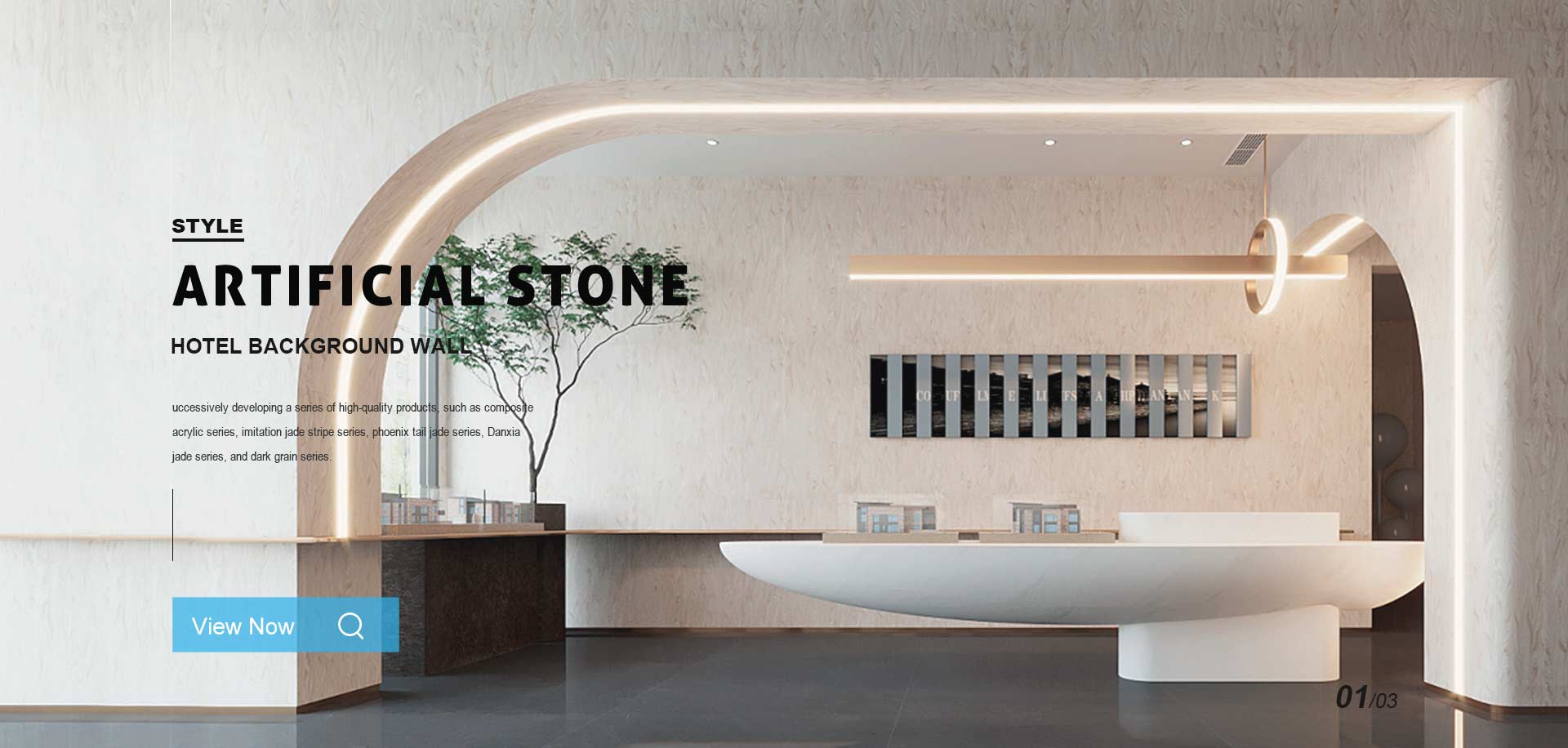As the construction industry increasingly embraces sustainable practices, the choice of materials plays a pivotal role in promoting environmental responsibility. Artificial stone, known for its aesthetic appeal and practical advantages, has emerged as a favorable alternative in various applications, including cladding columns. This article explores the eco-friendly characteristics of artificial stone and its contribution to sustainable building practices.1. Sustainable Material CompositionArtificial stone is typically made from a blend of natural stone aggregates, resins, and additives. Many manufacturers are now focusing on using recycled materials and sustainable sources for their raw components. This not only reduces the demand for virgin materials but also minimizes waste in landfills. The use of recycled content in artificial stone contributes to a lower carbon footprint compared to traditional building materials.2. Energy Efficiency in ProductionThe manufacturing process of artificial stone is generally more energy-efficient than that of natural stone. Natural stone extraction involves quarrying, which can be energy-intensive and environmentally disruptive. In contrast, artificial stone production often requires less energy and generates fewer greenhouse gas emissions. Advances in manufacturing technology have further enhanced energy efficiency, making artificial stone a more sustainable choice for builders.3. Durability and LongevityArtificial stone cladding columns ar





